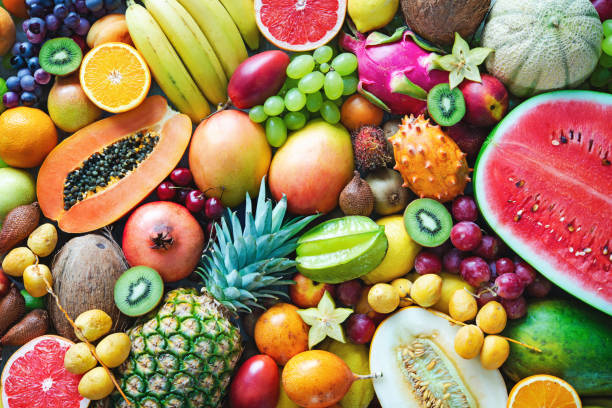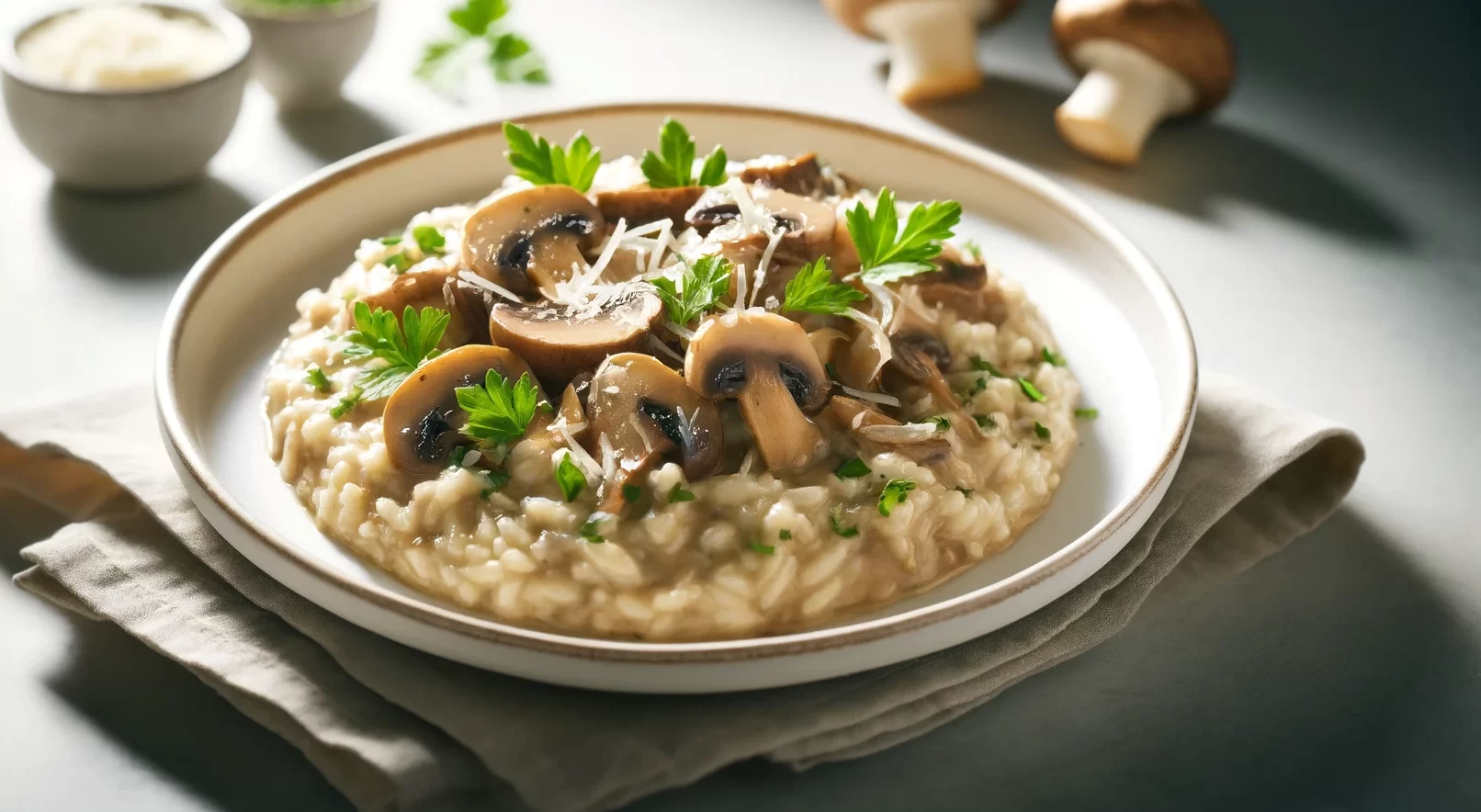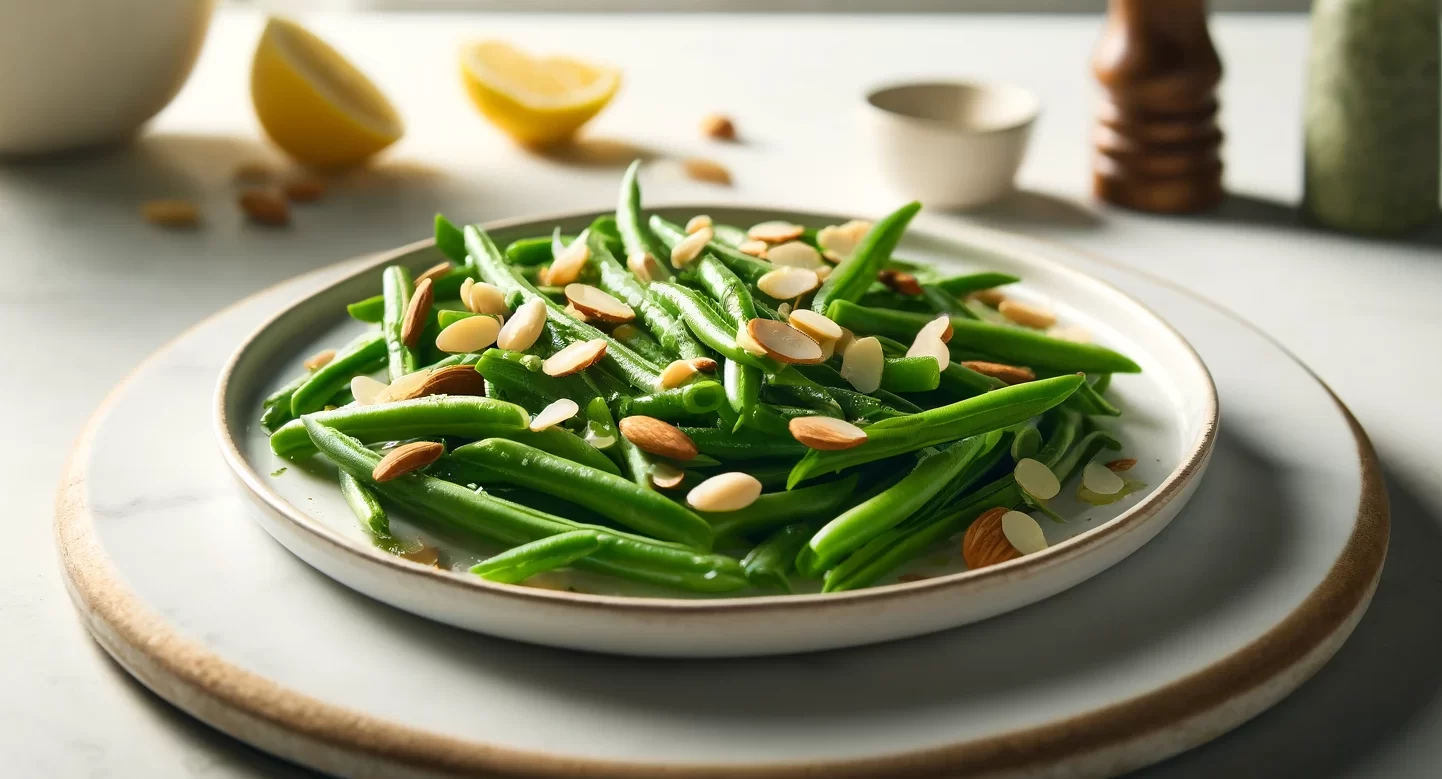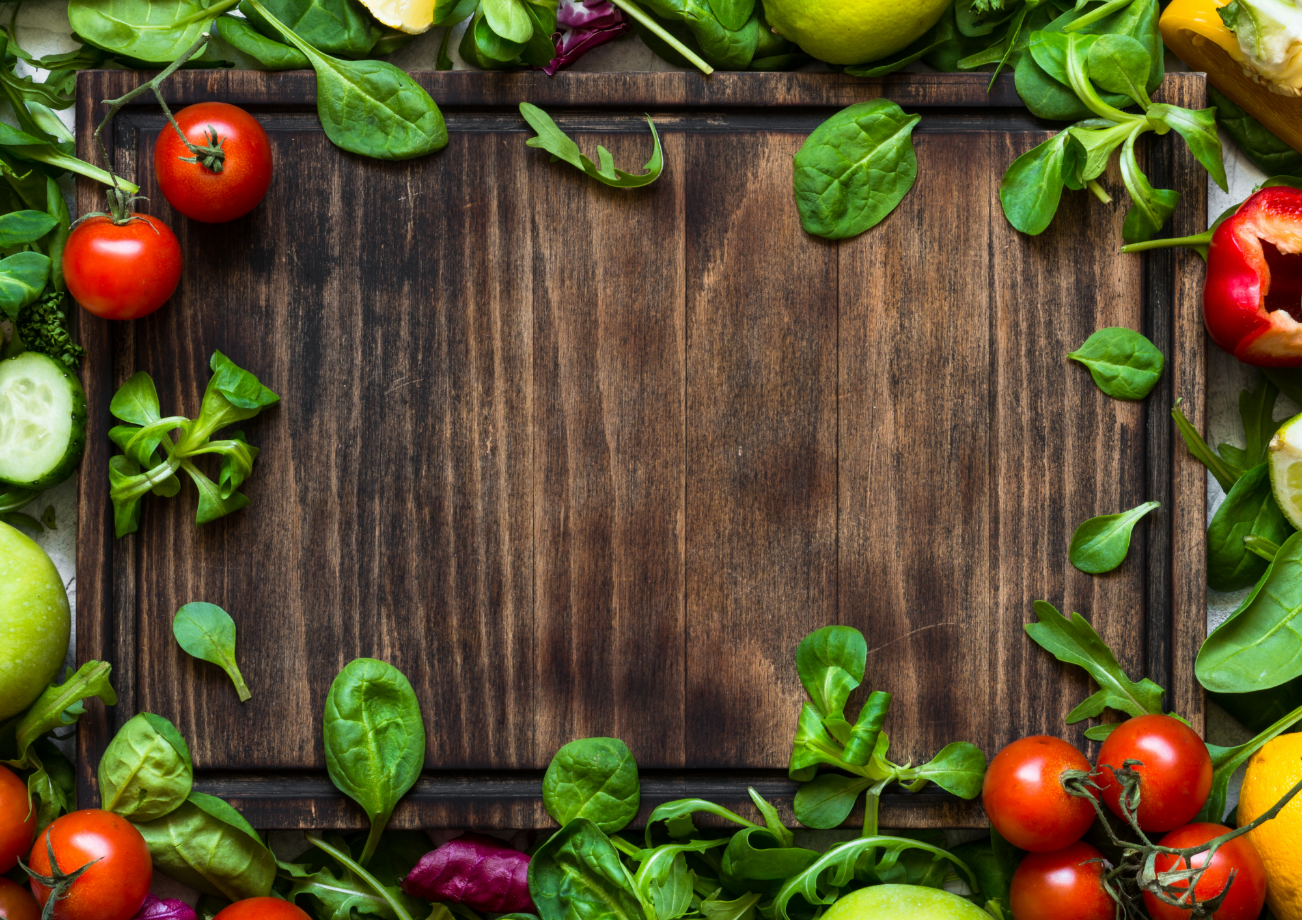Welcome to “Gardening Wisdom,” where we unfurl the vibrant tapestry of seasonal eating and its myriad benefits. As the seasons turn, nature offers a bounty of fruits and vegetables at their peak of freshness, flavor, and nutritional value. But in today’s global marketplace, we find ourselves at a crossroads, where the allure of having any produce available year-round clashes with the wisdom of nature’s timing. Let’s embark on a journey to explore the profound benefits of aligning our diets with the rhythm of the seasons, the role of modern agriculture in extending the shelf life of produce, and how our bodies are innately tuned to thrive on seasonal fare.
The Science of Seasonal Eating
The Science of Seasonal Eating delves into the natural synchronicity between our bodies and the rhythmic cycle of the seasons. This ancient practice, deeply embedded in human history, aligns our dietary habits with the seasonal availability of fruits and vegetables, optimizing our health and well-being. In summer, our bodies crave lighter, water-rich foods like cucumbers and tomatoes, which help us stay hydrated and cool. As the weather cools, we naturally lean towards dense, energy-rich foods such as root vegetables and squashes, offering warmth and sustenance for the colder months. This seasonal rotation supports a diverse microbiome, enhancing digestion and boosting immunity. Furthermore, seasonal eating encourages the consumption of fresh, nutrient-packed produce at its peak, ensuring a diet that’s not only delicious but also rich in essential vitamins and minerals. Embracing seasonal eating is a step towards a more sustainable, health-conscious lifestyle, deeply connected to the world around us.
The Gut Microbiome and Seasonal Eating
The Gut Microbiome and Seasonal Eating are intricately connected, playing a pivotal role in nurturing our overall health. The diverse community of microbes residing in our gut thrives on a varied diet, which seasonal eating naturally provides. As the seasons change, so does the range of available fruits and vegetables, introducing a spectrum of fibers, vitamins, and minerals into our diet. This diversity is crucial for a healthy gut microbiome, as different microbes prefer different food sources to flourish. Seasonal eating ensures that our gut microbiome is regularly exposed to a wide array of nutrients, promoting balanced microbial growth and preventing the dominance of pathogenic species. A robust and diverse gut microbiome is essential for efficient digestion, a strong immune system, and even mental health, underscoring the deep connection between the rhythm of the seasons and our body’s inner ecosystem. Embracing seasonal foods is a simple yet effective way to support this complex and vital community within us.
How Modern Agriculture Affects Produce Shelf Life
Modern agriculture has significantly impacted the shelf life of produce, employing advanced technologies and methods to extend the time fruits and vegetables remain fresh after harvest. Techniques such as controlled atmosphere storage, which adjusts the levels of oxygen and carbon dioxide, and the use of edible coatings that inhibit ripening, are commonplace. While these innovations ensure that produce can travel long distances and still arrive looking appealing, they also raise questions about the nutritional and taste implications. For example, fruits picked before they are ripe may lack the full spectrum of nutrients and flavors that develop when allowed to ripen naturally on the plant. Additionally, the emphasis on traits such as durability and appearance in the selection and breeding of crop varieties can sometimes result in produce with a longer shelf life but reduced nutritional quality. This shift highlights a trade-off between convenience and the optimal health benefits of consuming fresh, naturally ripened produce.

The Role of Hybrids in Seasonal Eating
The role of hybrids in seasonal eating is nuanced, blending agricultural innovation with traditional practices. Hybrids, created through the cross-pollination of two different varieties of plants, are often designed to enhance certain desirable traits, such as yield, disease resistance, and shelf life. This can make hybrid fruits and vegetables more available across different seasons, offering consumers a broader variety of produce year-round. However, this extended availability sometimes shifts focus away from eating strictly seasonally and locally. While hybrids can offer consistency and dependability in crop production, they also spark a debate about taste and nutritional density compared to heirloom varieties, which are often celebrated for their superior flavor and possible nutritional advantages. Ultimately, hybrids play a complex role in seasonal eating, straddling the line between modern agricultural efficiency and the traditional benefits of consuming produce that is naturally in season.
Where to Buy What We’re Not Growing
For those of us who can’t grow everything we eat, sourcing our food becomes a crucial aspect of seasonal eating. Farmers’ markets, local farm stands, and community-supported agriculture (CSA) programs are treasure troves of seasonal, locally-grown produce. These venues not only offer fruits and vegetables at their peak but also foster a direct connection with the people who grow our food, enriching our understanding of where it comes from and how it’s grown.
Embracing the Seasonal Eating Lifestyle
Embracing the seasonal eating lifestyle is a journey back to nature’s rhythm, offering a myriad of benefits for health, the environment, and local economies. This approach encourages us to eat fruits and vegetables at their peak of freshness, flavor, and nutritional value, directly aligning our diet with the changing seasons. Seasonal eating supports local farmers and reduces the carbon footprint associated with transporting produce over long distances. It also promotes biodiversity and sustainability by favoring crops that are naturally suited to the local climate and soil conditions at different times of the year. Moreover, adapting our diet to include a variety of seasonal foods can enhance our gut microbiome’s diversity, improving digestion and overall health. By choosing seasonal eating, we not only enjoy richer, more vibrant flavors but also contribute to a more sustainable and health-conscious way of living.
Practical Tips for Seasonal Eating
Visit Farmers’ Markets Regularly: Make it a habit to explore your local farmers’ market to discover what’s in season.
Plan Meals Around Seasonal Produce: Let the season’s offerings inspire your meal planning and cooking.
Preserve the Bounty: Learn simple preservation techniques like freezing, canning, and fermenting to enjoy seasonal produce year-round.
Educate Yourself and Your Family: Share the knowledge and joy of seasonal eating with your loved ones, fostering a community of mindful eaters.
In the grand tapestry of life, seasonal eating stands out as a vibrant thread, weaving together the wisdom of nature, the health of our bodies, and the sustainability of our planet. By choosing to eat with the seasons, we not only nourish ourselves with the freshest, most flavorful foods available but also support local farmers, protect the environment, and celebrate the diversity of nature’s offerings.
As we close this chapter of “Gardening Wisdom,” let the journey continue beyond the pages. Join our community by subscribing to our weekly newsletter, where we delve deeper into the wonders of gardening, seasonal eating, and living in harmony with nature. Together, let’s explore new recipes, discover gardening tips, and share stories that inspire a healthier, happier, and more sustainable life. Subscribe now and let’s embark on this flavorful adventure together, savoring the joy and abundance that comes from eating with the seasons.












